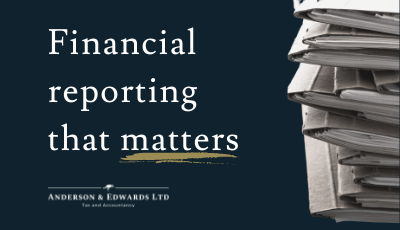
Your accounts don’t have to be hard to understand. Understanding the numbers can empower you to make better decisions, period. Here is part 3 and the last of our series: ‘Maximising your accounting information’. This week, we talk about financial reporting and how to make use of your reports. Find part 1 and part 2 below:
Part 1: Preparing budgets in a meaningful way for your business
Part 2: Cashflow forecasts that reflect the future
If you have taken the time to prepare a budget AND cashflow forecast, then it’s time to maximise the use of them. Don’t let them sit in a file unopened until year-end. Depending on the size of your business, you should review your actual position in comparison to the budget and cashflow forecast either every month or every quarter. The more frequently you do this, the clearer your financial position will be for your business.
Inbuilt within Xero, you can produce a profit and loss report to compare your actual results to your budget. This requires some set-up time but once it is created, you can review your results at a click of a button. You’ll be able to see where you may have overspent each month or when to increase the volume of your sales in the current period.
This is an excellent time to reflect too. If you have had a good month, then celebrate with your team and make sure you can quantify how good a month it has been. On the other hand, if the financial results haven’t met expectations, try to understand why. For example, are you neglecting the impact of certain costs in your budget? Or are leads taking longer to convert into sales?
Here are our top 3 tips to maximise your accounting information, all taken from our latest series:
Finally, ask an expert if you need help or don’t know where to start.
We like to be on the front foot with our clients. At times, that can also mean jumping onto their Xero and helping them look at the figures to find the best solution.
Every business is different, and what each business owner wants will vary. But you don’t need to do this alone. By working with an accountant, you can think about how to improve your cash flow and what apps might help you keep track of this.
Let us know if you need a hand, we help business owners like you every day. Email us at Enable JavaScript to view protected content. or phone us on 0131 364 4191.
© 2025 Anderson & Edwards Ltd|Registered in Scotland SC678768|Privacy Policy|Website by Broxden